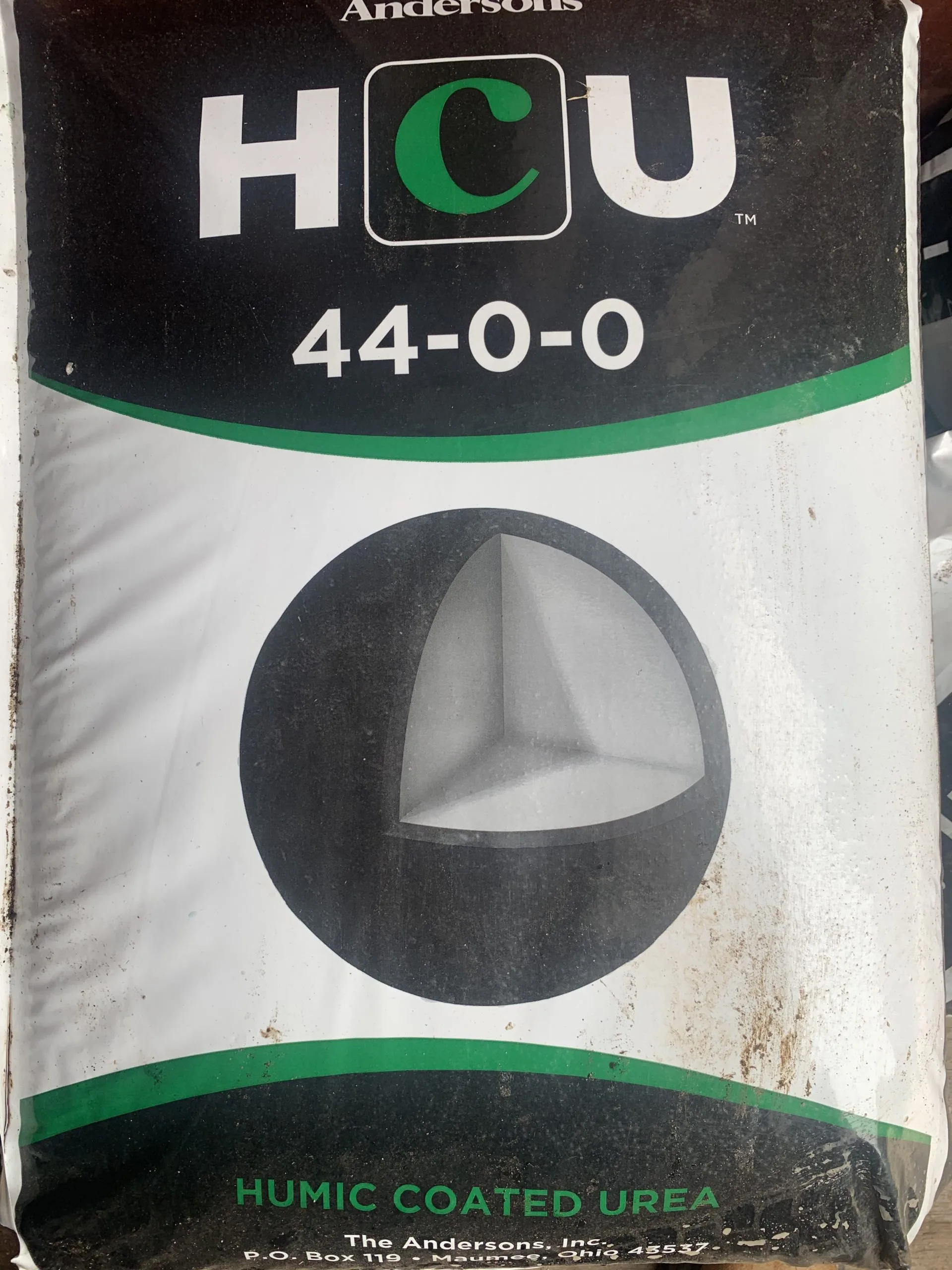There is more to soil than many people realize. Hiding behind its muddy exterior is a complex blend of chemicals and nutrients, each providing a unique roster of benefits for the plants and trees it feeds. For each type of soil, grass, or plant, specific recipes are used, combining various ratios of key ingredients depending on the goal. The principle is simple, but if you’ve ever visited the fertilizer aisle of your local garden store, then you’ll know that these recipes can be tricky to decode.
In this post, we’ll run through everything you need to know about soil reports, from the numbers on the side of the bag to choosing the right soil type for your plants.

What is a Macro-Nutrient?
To put it simply, macro-nutrients are the substances plants need for healthy growth and seed production. They are essential at every stage of a plant’s life, from seeding to photosynthesis.
There are six plant macronutrients in total:
- Nitrogen
- Phosphorus
- Potassium
- Calcium
- Magnesium
- Sulfur
These six macronutrients are split into two categories: primary and secondary. Plants require large quantities of primary macronutrients to stay healthy, with deficiencies leading to a variety of problems. They need fewer micronutrients, and these are easier to come by in trace amounts without the help of fertilizer.
The three primary plant macronutrients are nitrogen (N), phosphorus (P), and potassium (K). Each element provides a different benefit:
Nitrogen
Nitrogen is a crucial component of plant growth and leaf development. It helps plants to metabolize energy and protein and plays a major role in chlorophyll formation and photosynthesis. When a plant has a nitrogen deficiency its leaves often lose their color and start to wither, and growth will be stunted.
Phosphorus
Phosphorus is essential to developing a healthy root system and plays a key role in plants’ flowering stages. It helps plants build resilience against adverse weather conditions, and keeps the photosynthesis process running smoothly. Plants that don’t get enough phosphorus often struggle to flower at the correct time, and may have brown or crinkled leaves.
Potassium
In addition to stabilizing the internal water level of plants, potassium strengthens cell membranes and keeps other essential nutrients in balance. It plays an important part in the synthesis of certain enzymes, which makes the plant more resilient to very dry or very cold weather conditions. Without the correct levels of potassium, plants are at a higher risk of fungus infections, and dark spots may appear on the leaves.
In addition to requiring the correct quantity of each nutrient, plants also need them in the right proportions. Too much of one substance in comparison to the others can be equally detrimental to a plant’s health as a nutrient deficiency.
What Do the Numbers on a Fertilizer Bag Mean?
All fertilizer bags are marked with three numbers. This is called the NPK number because it refers to the amount of nitrogen, phosphorus, and potassium contained within that particular soil. As an example, a bag of fertilizer with the numbers 10-5-10 on the label contains 10% nitrogen, 5% phosphorus, and 10% potassium. The rest of the bag (75%) is whatever material is being used as the carrier product.
In this example, our fertilizer contains twice as much nitrogen and potassium as it does phosphorus. This is crucial because, as we learned earlier, the ratio of macronutrients is as important as the amount you apply.
It is important to know the NPK values of your fertilizer so you can pick the right one for your plants and existing soil conditions. Using a nitrogen-rich fertilizer will encourage the growth of leafy vegetables, for instance, whereas a phosphorus-rich fertilizer is great for flowers.
How to Find the Right Fertilizer
In order to choose the right fertilizer for your garden or lawn, you should first know what nutrients are in your existing soil. We recommend conducting a soil test, which will show you which nutrients it needs and the current PH level. Once you have this information you can select a fertilizer according to any deficiencies. In the absence of a soil test use the 3-1-2 ratio standard, (for instance 15-5-10 or 21-7-14). If you need help with a soil test or identifying the type of lawn you have, send us a message!



Comments (0)
Thanks for your comment!
Thanks for your feedback! Your comments have been successfully submitted! Please note, all comments require admin approval prior to display.
Error submitting comment!
There is a problem with your comment, please see below and try again.